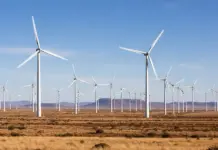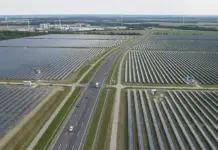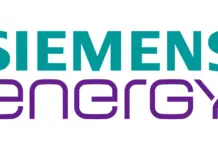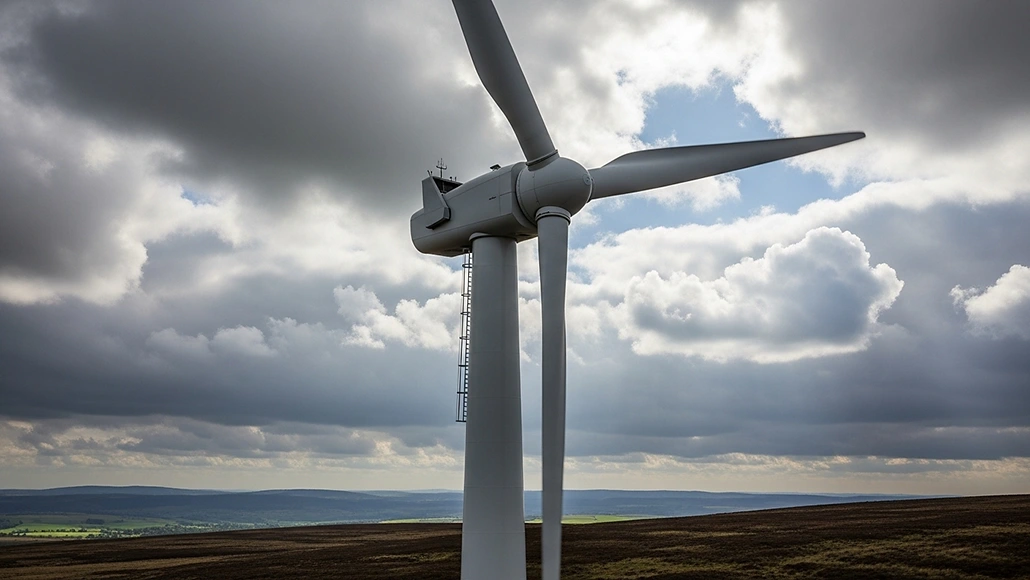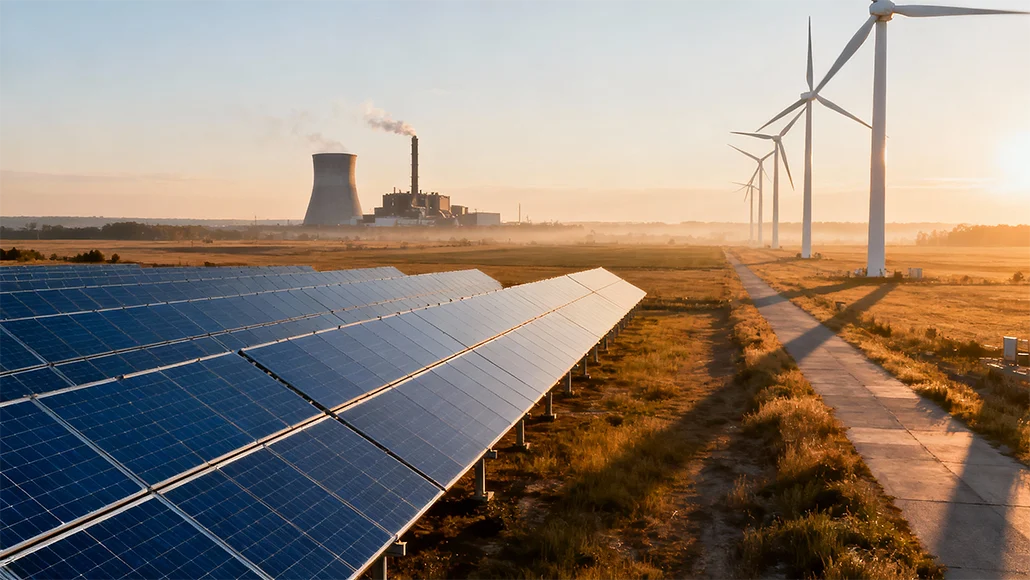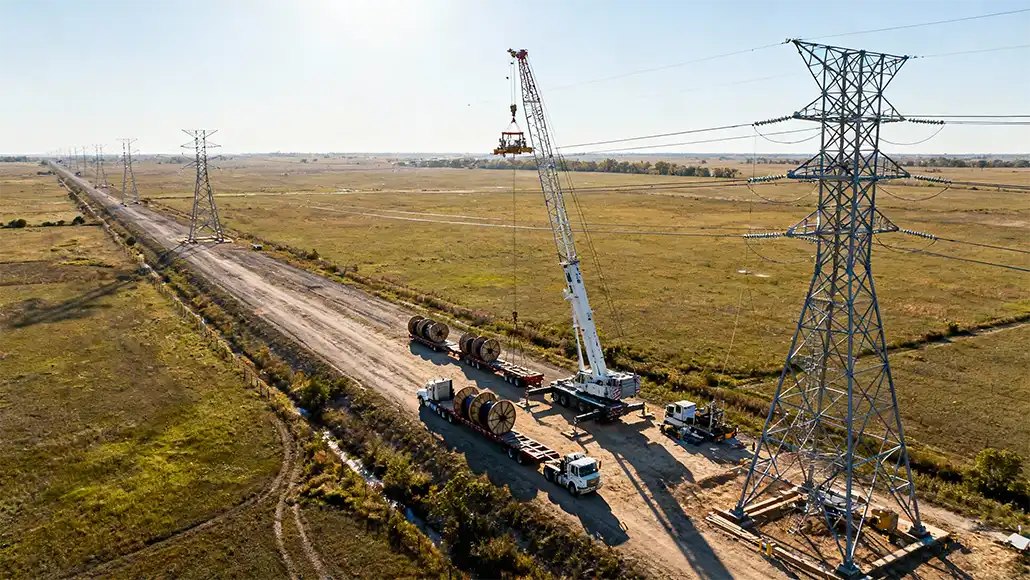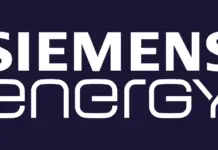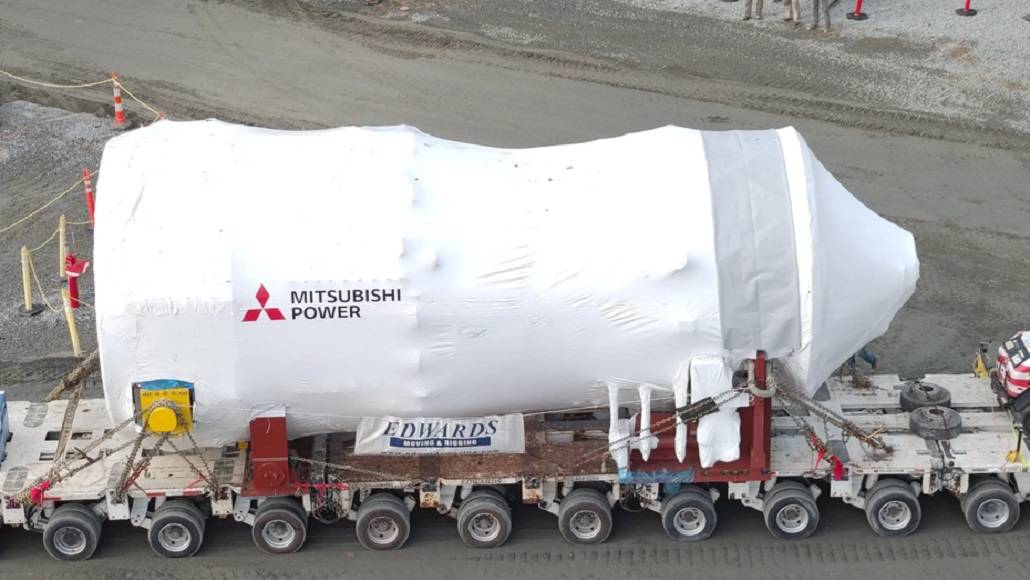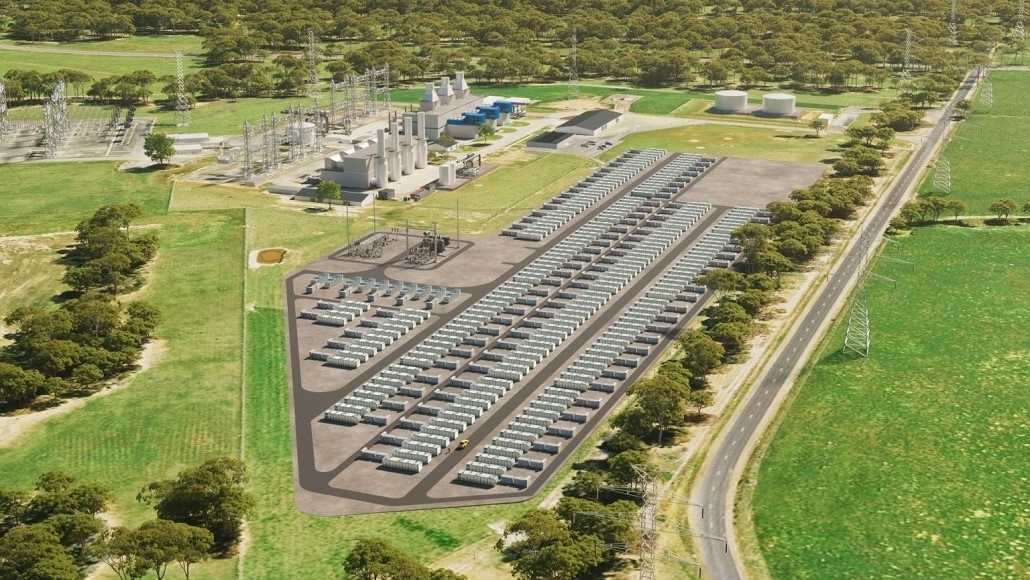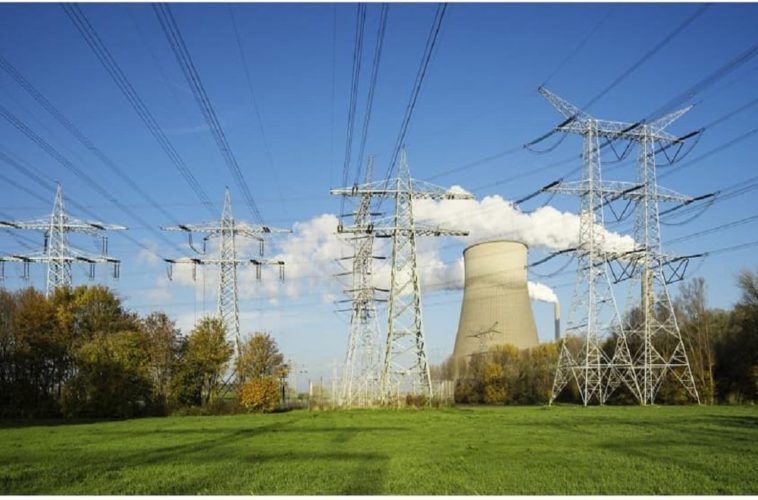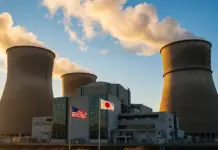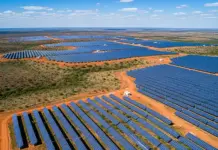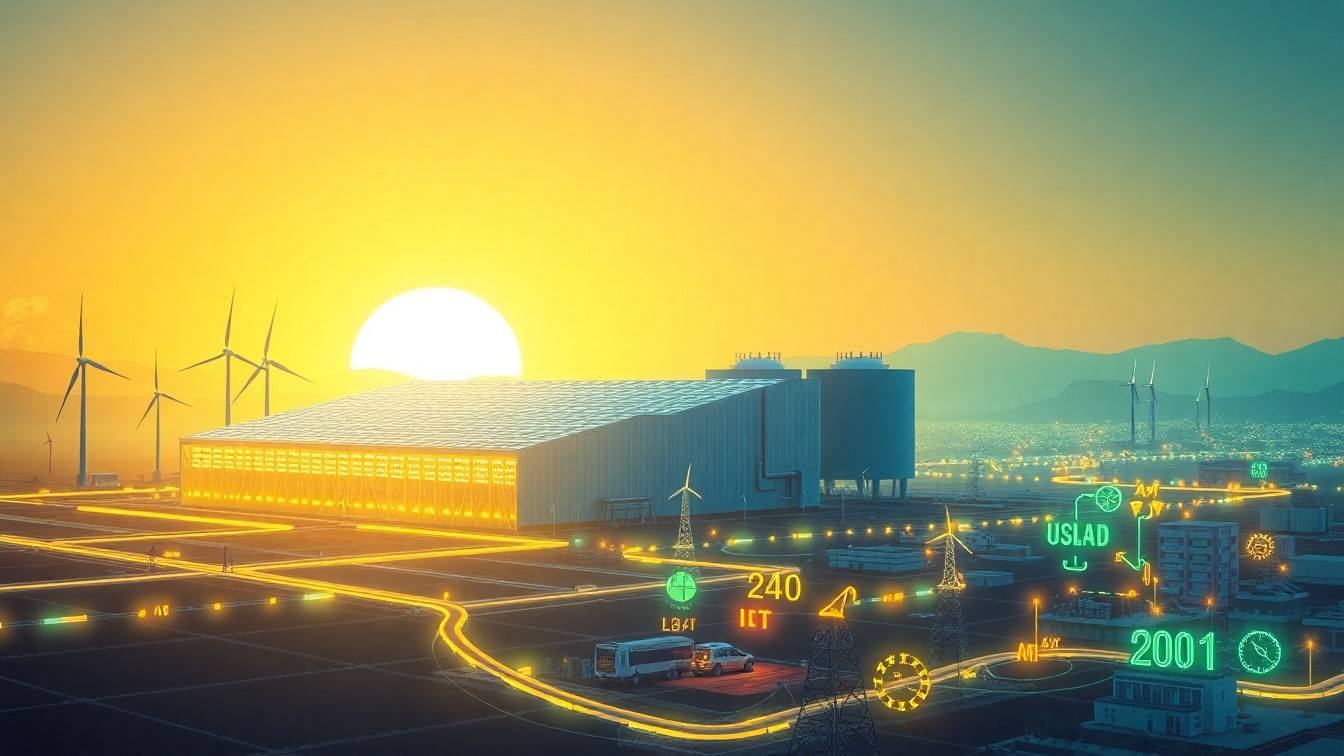Thermal Energy Storage Market Growth Fueled by Clean Energy Demand
In the pursuit of a clean energy future, thermal energy storage (TES) is emerging as a leading driver of global clean energy goals. As the world wages the war against reducing carbon footprints and embracing clean sources of energy, the expansion of the thermal energy storage market fueled by clean energy needs is gaining maximum attention. TES systems are vital for addressing the intermittency of renewable energy, grid stability, and energy efficiency, thus forming a very important part of the energy infrastructure of the modern era.
The growing emphasis on carbon neutrality and energy efficiency, and the rapid evolution of TES technologies, is driving the growth of the thermal energy storage market. According to Allied Market Research, The global thermal energy storage market size was valued at $25.6 billion in 2023, and is projected to reach $56.4 billion by 2033, growing at a CAGR of 8.4% from 2024 to 2033. The article talks about the factors that will drive the TES market’s growth, how emerging technologies will change the sector, and the opportunities and difficulties that lie ahead.
The Role of Thermal Energy Storage in Clean Energy
The process of storing excess thermal energy generated by renewable energy sources, such as solar and wind, for future use is known as thermal energy storage. TES systems provide a consistent and effective power supply even during periods of low renewable output by bridging the temporal gap between energy production and consumption through the cold or heat storage of energy.
Among the top drivers of the clean energy requirement-based thermal energy storage market is the increasing use of renewable energy. Although solar and wind power are cheap and plentiful, they are by nature intermittent. TES systems neutralize this frailty by storing and distributing surplus power generated during peak production hours, which can be utilized during peak demand or low production hours. This function is very important in areas with a lot of renewable energy, where grid stability and reliable energy are quite important.
Also, TES systems save energy by using less electricity and more renewable energy. In buildings and factories, TES technologies are used to store thermal energy for heating and cooling, as well as for hot water. This cuts down on the usage of fossil fuels and greenhouse gas emissions.
Key Technologies Driving the Market
The development of the market for thermal energy storage based on the demand for renewable energy is organically connected with the development of TES technology, the three primary types of which are: sensible heat storage, latent heat storage, and thermochemical storage.
Sensible heat storage is the most prevalent TES technology, employing materials such as water, sand, or molten salt to store heat. It is usually integrated into concentrated solar power (CSP) plants, where molten salts serve as a thermal energy storage medium generated by solar collectors. TES-enabled CSP power plants can deliver electricity beyond sunset, giving a consistent source of power.
Latent heat storage employs the use of phase change materials (PCMs) such as melting or freezing, which take up and release heat energy as they change phase. PCMs are applied in building air handling systems as well as in industrial applications increasingly due to the fact that they have high energy density and the ability to generate stable temperatures.
Thermochemical storage is the future of the TES technology. Thermochemical storage uses chemical reactions to store and release the heat with much larger energy densities than conventional methods. Thermochemical storage is yet to be developed but has huge potential for industrial-scale energy storage and grid-scale projects.
The ongoing development of TES technologies is propelling cost savings and enhancing scalability, which are making them increasingly viable for a variety of uses. Allied Market Research predicts that rational heat storage will also continue to be the leading technology in the TES market.
Regional Trends and Adoption
The thermal energy storage market is being spurred by local initiatives to decarbonize energy infrastructure and improve energy security on the back of demand for clean energy. Both emerging and developed economies are investing in TES infrastructure to support their renewable energy programs and reduce fossil fuel dependence.
Europe is the leader in the adoption of TES, with Germany, Spain, and Denmark taking the top spots. The EU ambitious Green Deal to make the continent carbon neutral by 2050 is the driving force behind investments in TES systems to fuel the region’s growing capabilities in renewable energy. Spain’s molten salt TES-powered concentrated solar power plants show the region’s emphasis on renewable energy technology.
In North America, the United States has seen phenomenal growth in the adoption of TES, driven by state and federal incentives for renewable projects. TES technology has been integrated into utility-scale solar farms, district heat and cool systems, and industrial facilities, enhancing energy efficiency and reducing carbon footprints.
Concurrently, the Asia-Pacific region is becoming a profitable market for TES, driven by booming industrialization and urbanization, as well as rising energy consumption. China and India are also investing in TES systems to advance their renewable energy targets, mitigate grid issues, and enhance energy supply in remote locations. The region’s emphasis on sustainable development and energy resilience will be anticipated to propel fast growth in the TES market over the next decade.
Challenges and Opportunities
Despite its enormous potential, the expansion of the thermal energy storage market fueled by demand for clean energy is being faced with a number of challenges that must be overcome to achieve its full potential. High initial costs, technologically sophisticated character, and lack of standard policies and regulations are some of the challenges that are deterring widespread adoption.
But these difficulties also present opportunities for collaboration and innovation. Advances in material science, such as in the development of thermochemical materials and high-performance PCMs, should lower costs and enhance the efficiency of TES systems. Public-private partnerships and policy incentives can also speed up the deployment of TES technologies, creating a good market for expansion.
Another possible avenue for innovation is the combination of TES systems with smart grids and digital technology. Data analytics, artificial intelligence, and IoT-based monitoring systems can be used to optimise TES solutions for real-time energy management, improving performance and reliability.
Moreover, the growing emphasis on carbon neutrality and reducing carbon footprints will also underpin growing demand for TES systems in new and emerging markets. The sectors that provide massive growth opportunities to TES providers include district energy, industrial processes, and building decarbonization, as businesses and governments seek affordable solutions to achieve their climate aims.
The Road Ahead
With the global demand for clean energy ever on the increase, the role of TES systems in ensuring a future with sustainable energy is now more evident than ever. The development of the thermal energy storage market in the wake of clean energy demand is not just a demonstration of the benefits of TES technologies, but also an indicator of collective efforts towards the mitigation of climate change and attainment of energy security.
In the coming years, the TES market will increase significantly due to technological advancements, supportive policies, and increasing investment in renewable energy infrastructure. By addressing issues of cost, scalability, and standardization, the sector can unlock the benefits of TES systems and create a more efficient, stable, and sustainable energy system. For policy makers and investors, customers and developers of technology alike, the message is clear: thermal energy storage is no bit player in the clean energy revolution—it is among the foundations of the sustainable energy systems of the future. As the world’s need for TES increases, its impact will resonate far beyond energy storage and into the remotest corners of the world’s energy industry, ushering in a greener, cleaner, and more sustainable future.


